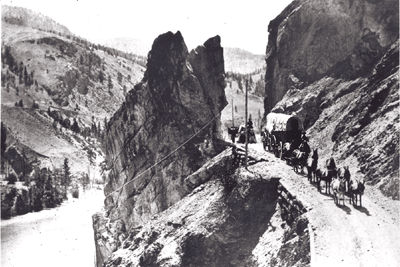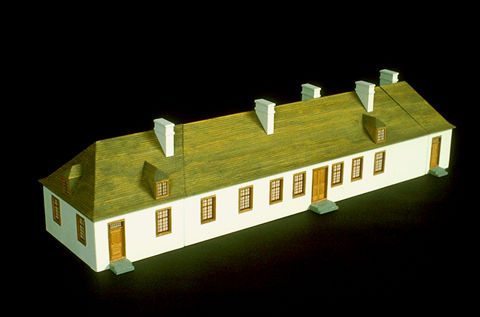Article
Burgess Shale
Burgess Shale is an area of layered rock featuring fossils from the middle of the Cambrian period (505–510 million years ago). In Canada, sites featuring Burgess Shale fossils are found in Yoho and Kootenay national parks. The name “Burgess” comes from Mount Burgess, a peak in Yoho National Park near where the original Burgess Shale site was discovered (the mountain is in turn named for Alexander Burgess, an early deputy minister of the Department of the Interior). Burgess Shale sites are the clearest record of Cambrian marine life because they contain rare fossils of soft-bodied organisms. The original Burgess Shale site is one of the reasons seven parks in the area were designated the Canadian Rocky Mountains UNESCO World Heritage site (the parks are Yoho, Jasper, Banff and Kootenay national parks, and Mount Robson, Mount Assiniboine and Hamber provincial parks).














